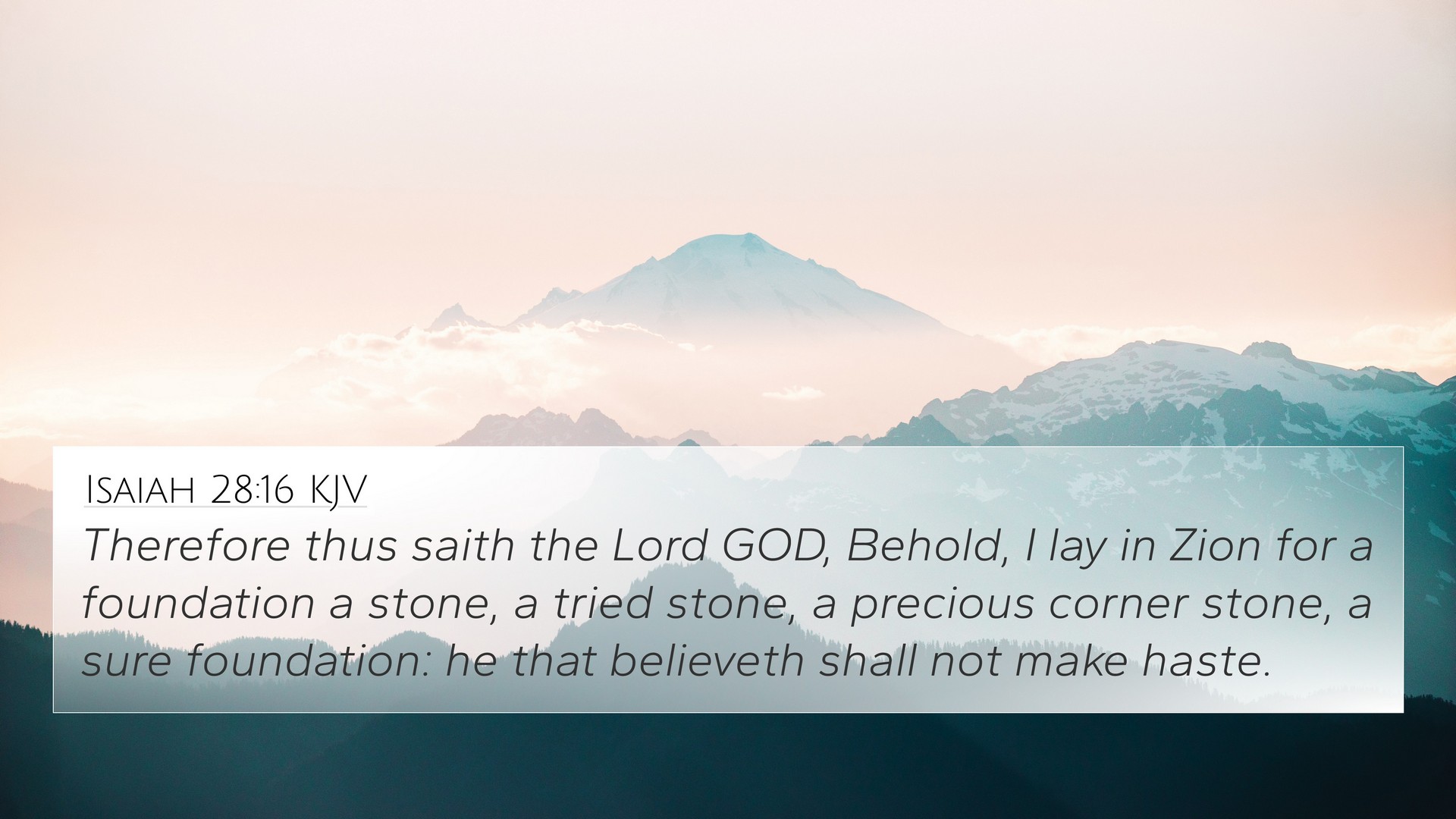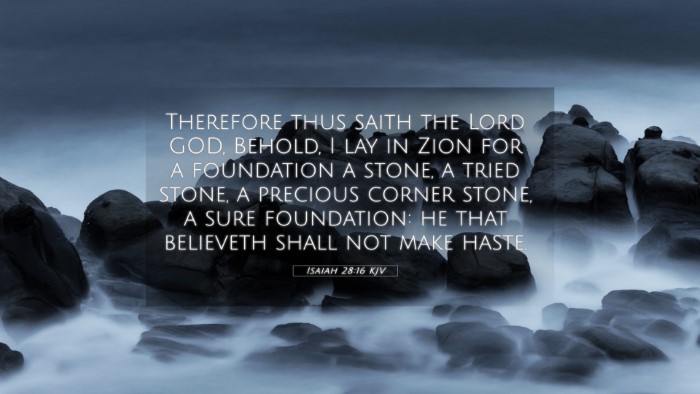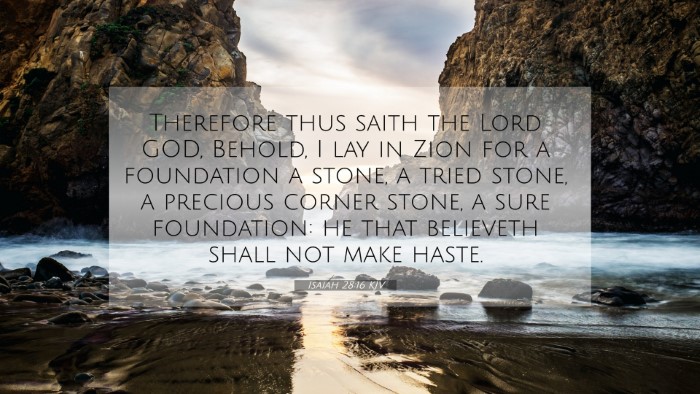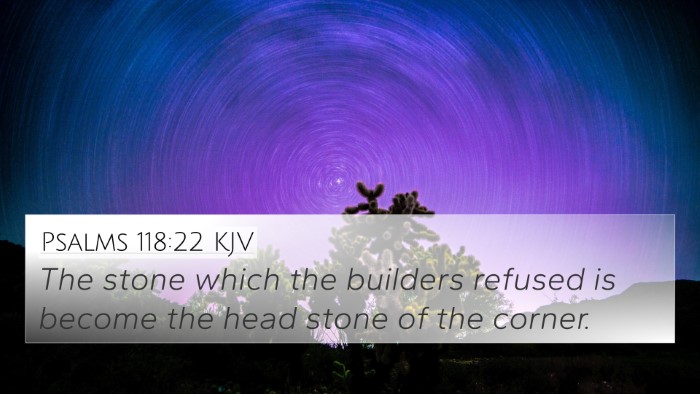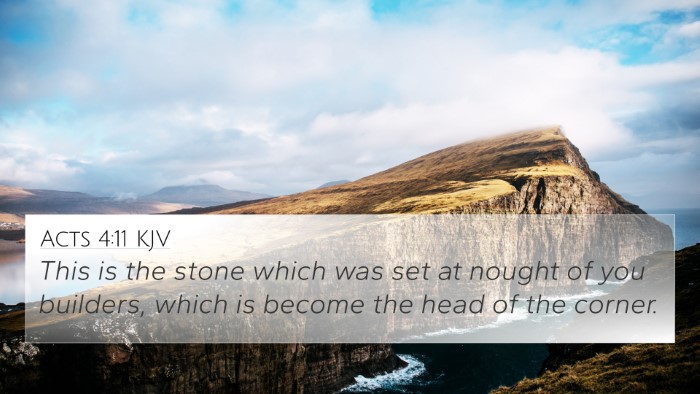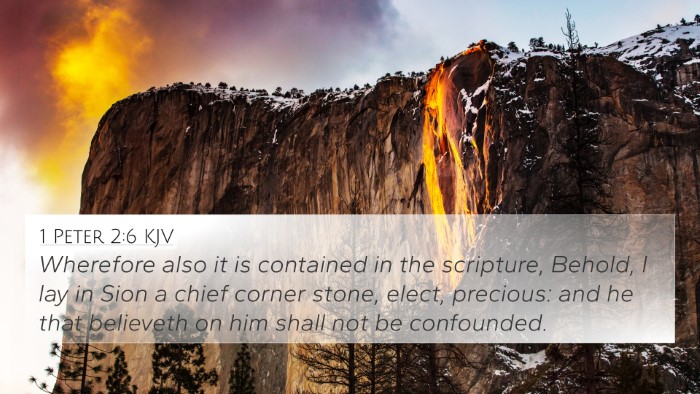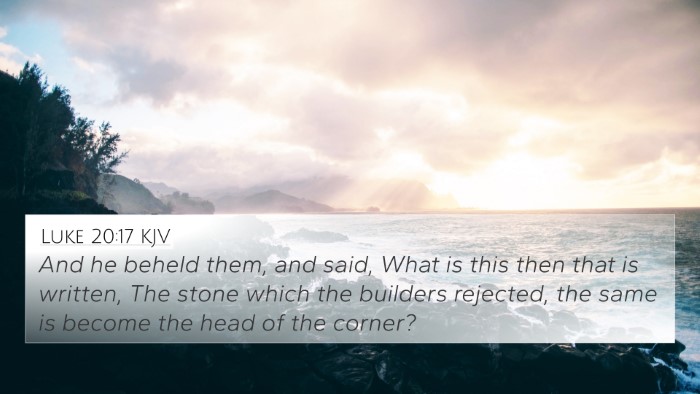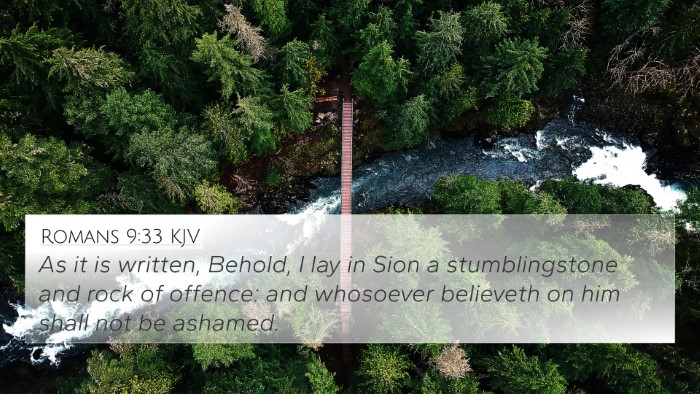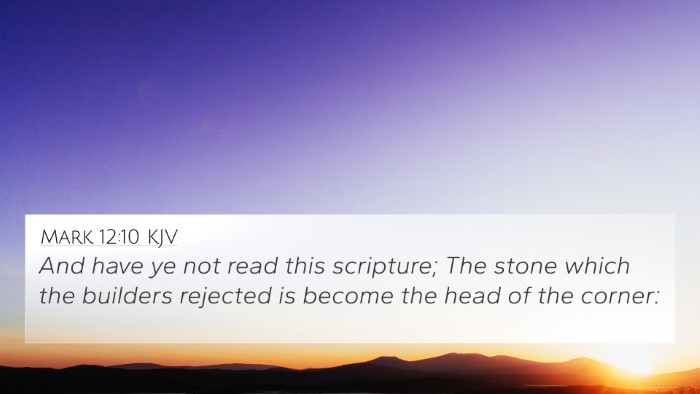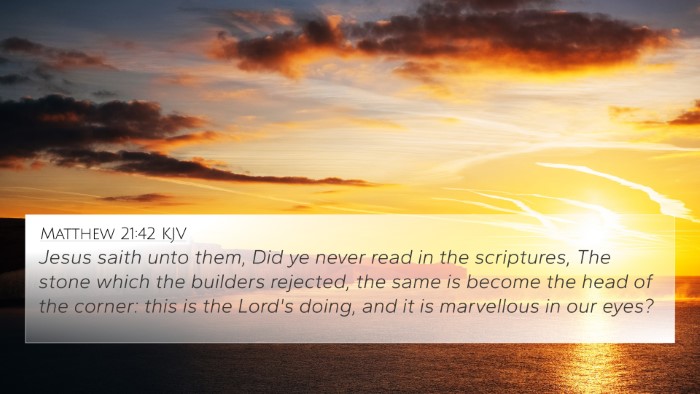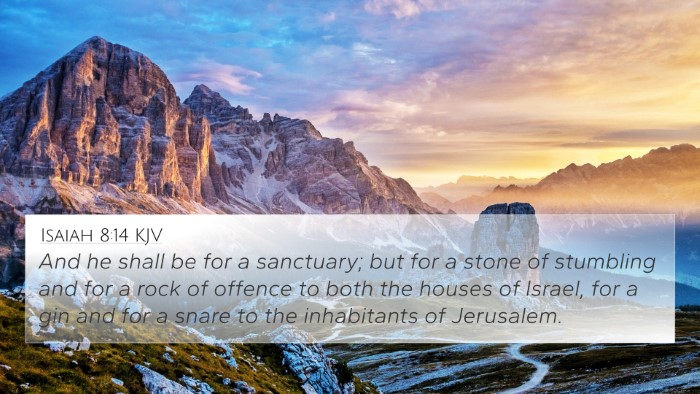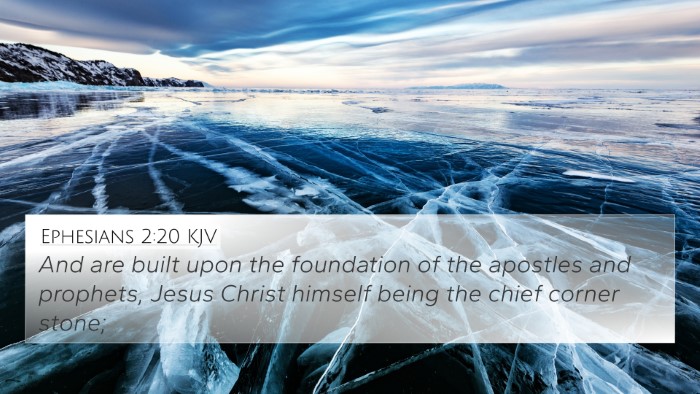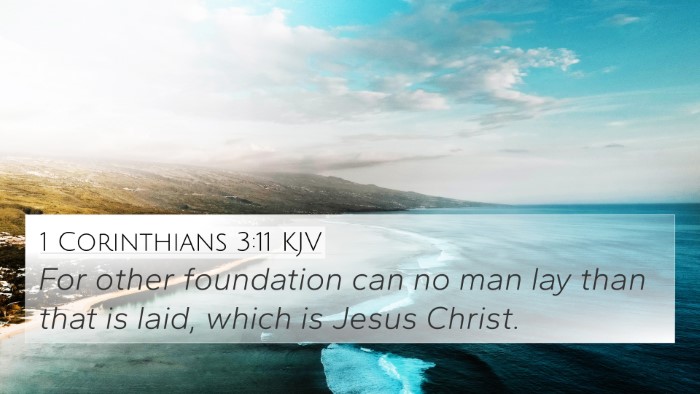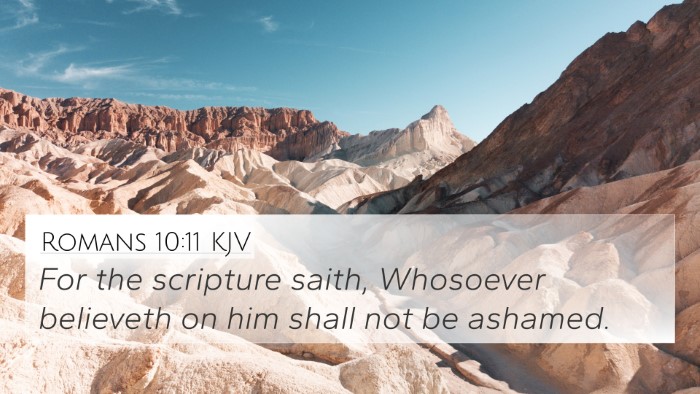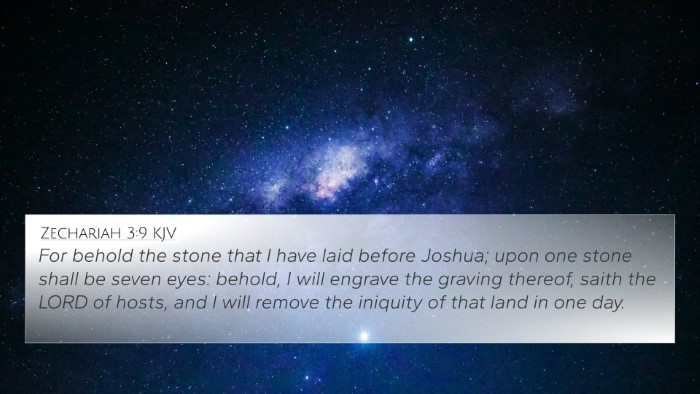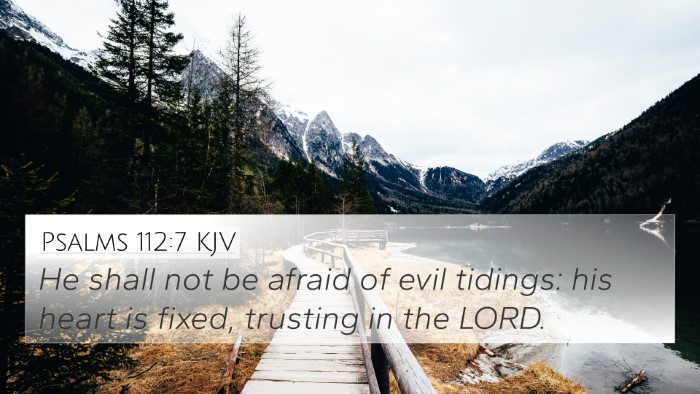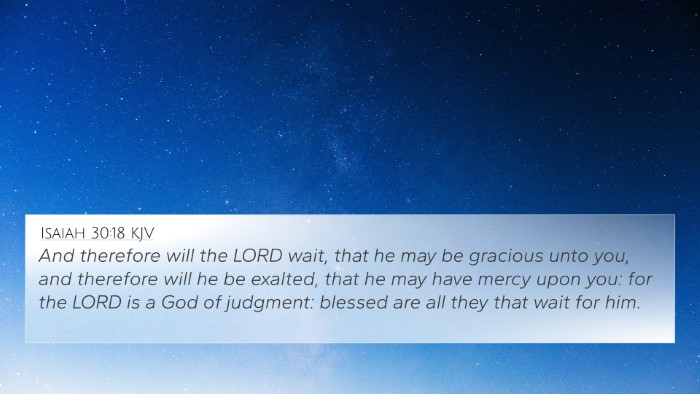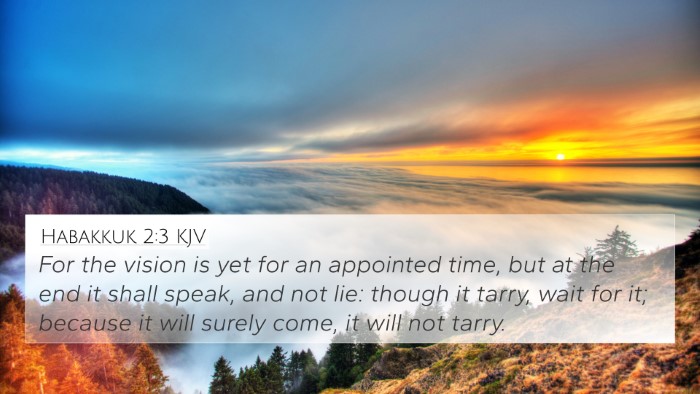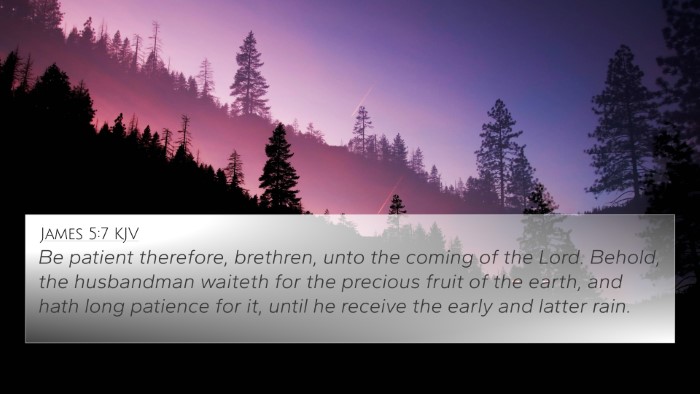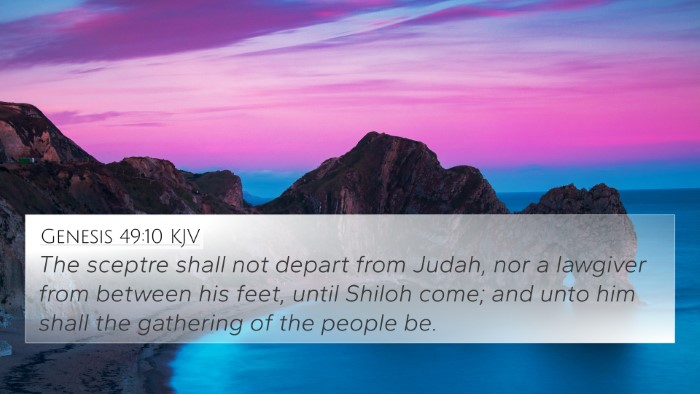Understanding Isaiah 28:16
Isaiah 28:16 states: "Therefore thus says the Lord God: 'Behold, I lay in Zion a stone for a foundation, a tried stone, a precious cornerstone, a sure foundation; whoever believes will not act hastily.'
This verse, rich in metaphor and deeper meanings, speaks of a foundational stone laid by God in Zion. It embodies themes of faith, stability, and divine providence. Here we delve into the interpretations of this scripture through the insights of renowned public domain commentaries.
Significance of the Cornerstone
According to Matthew Henry, the cornerstone symbolizes Christ Himself, who is the ultimate foundation of faith. This cornerstone represents hope and reliability in the midst of trials, assuring believers that their faith rests upon something unshakeable.
Albert Barnes expands on this by indicating that the references to "Zion" illustrate the place of God’s presence and salvation. The cornerstone signifies not just an architectural element, but the principle of faith that sustains the Church throughout generations.
The Promised Stability
Adam Clarke interprets "whoever believes will not act hastily" as a promise of divine reassurance. It conveys the idea that faith in this cornerstone allows individuals to confront life’s challenges without fear or rush, embracing a steadfast approach rooted in trust in God.
Cross-References and Thematic Connections
To fully appreciate the depth of Isaiah 28:16, we can explore several cross-references that reflect similar themes or reinforce its core message:
- Psalm 118:22 - "The stone which the builders rejected has become the chief cornerstone." This connects directly to the prophetic nature of Isaiah's statement.
- Ephesians 2:20 - "Having been built on the foundation of the apostles and prophets, Jesus Christ Himself being the chief cornerstone," highlighting Christ as the foundation of the Church.
- Romans 9:33 - "As it is written: 'Behold, I lay in Zion a stumbling stone and rock of offense,'" illustrating the dual nature of Christ as a cornerstone and a cause for conflict among unbelievers.
- 1 Peter 2:6 - "Therefore it is also contained in the Scripture, 'Behold, I lay in Zion a chief cornerstone, elect, precious,'" reaffirming the significance of the cornerstone in the New Testament context.
- Matthew 7:24-25 - "Therefore whoever hears these sayings of Mine, and does them, I will liken him to a wise man who built his house on the rock." This emphasizes the wisdom of building one’s life on Christ.
- Isaiah 8:14 - "He will be as a sanctuary, But a stone of stumbling and a rock of offense to both the houses of Israel," indicating the significance of the cornerstone and its consequences for belief.
- Hebrews 11:1 - "Now faith is the substance of things hoped for, the evidence of things not seen," which integrates the aspect of believing in the promised cornerstone despite visible circumstances.
- Zechariah 10:4 - "From him comes the cornerstone, from him the tent peg, from him the battle bow, from him every ruler," which portrays God as the source of strength and foundation for His people.
- Luke 20:17 - "But He looked at them and said, 'What then is this that is written: "The stone which the builders rejected has become the chief cornerstone"?'” reinforcing the prophetic connection to Isaiah.
- Isaiah 26:4 - "Trust in the Lord forever, for in Yah, the Lord, is everlasting strength," encouraging faith in God as our foundation and strength in times of uncertainty.
Conclusion
In Isaiah 28:16, we find profound truths regarding faith, stability, and God’s provision through His Son, Jesus Christ. The theme of the cornerstone interlinks with various scriptures, illustrating a cohesive biblical narrative centered on the importance of belief and reliance on God. By exploring cross-references, we deepen our understanding of how the Old and New Testament interconnect, revealing the harmonious story of divine salvation and our relationship with the Creator.
Utilizing Bible Cross-Reference Tools
To further enrich your study of scriptures like Isaiah 28:16, various tools for Bible cross-referencing can be employed. Using a Bible concordance, a Bible cross-reference guide, and engaging in cross-reference Bible study can significantly enhance your exploration of thematic connections. Understanding how to use Bible cross-references not only aids in grasping individual verses but also fosters a sound study method that unveils inter-Biblical dialogue.
As you study, consider how each verse not only stands alone but is part of a larger narrative that God has woven through His Word, demonstrating the connections between Bible verses that provide clarity and insight.
